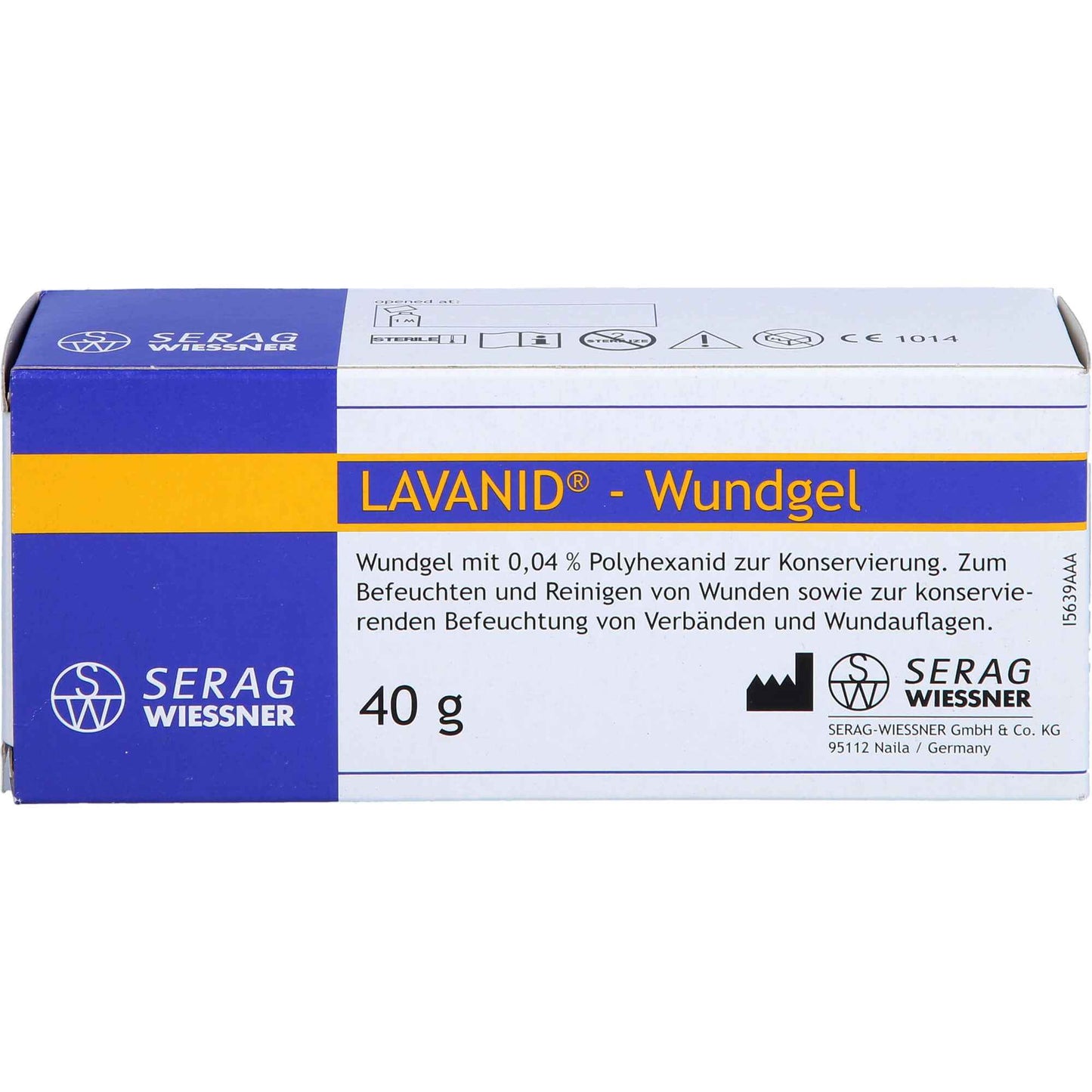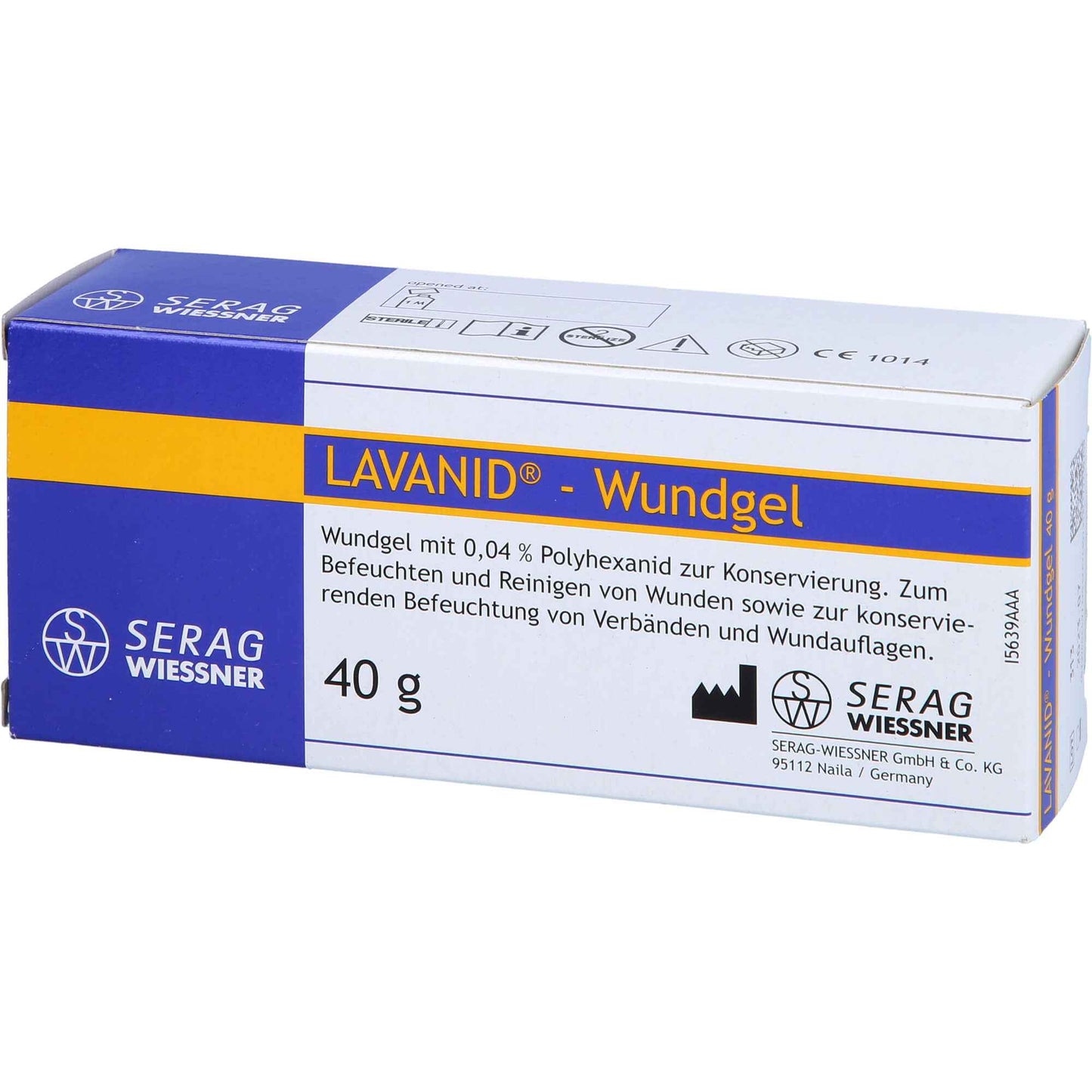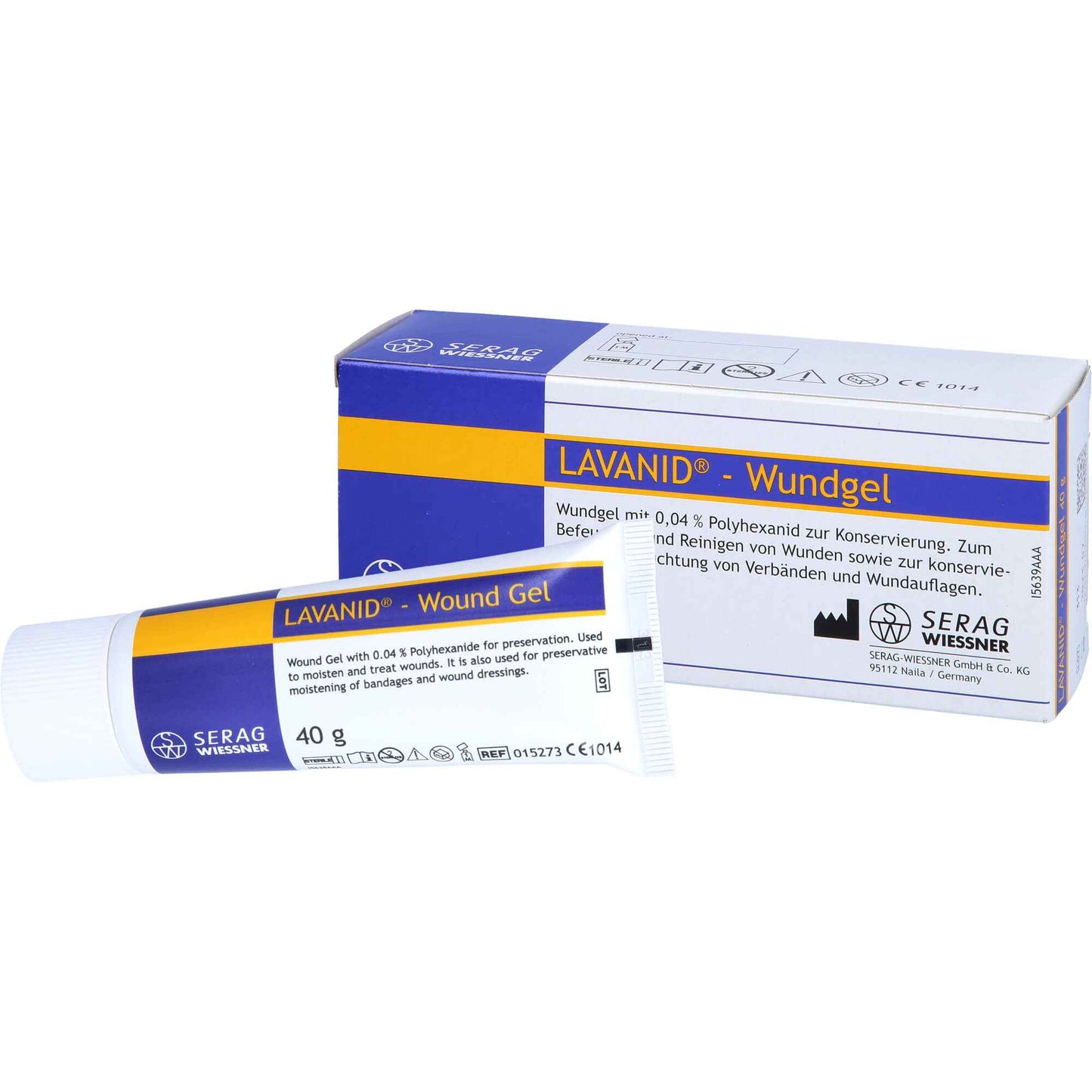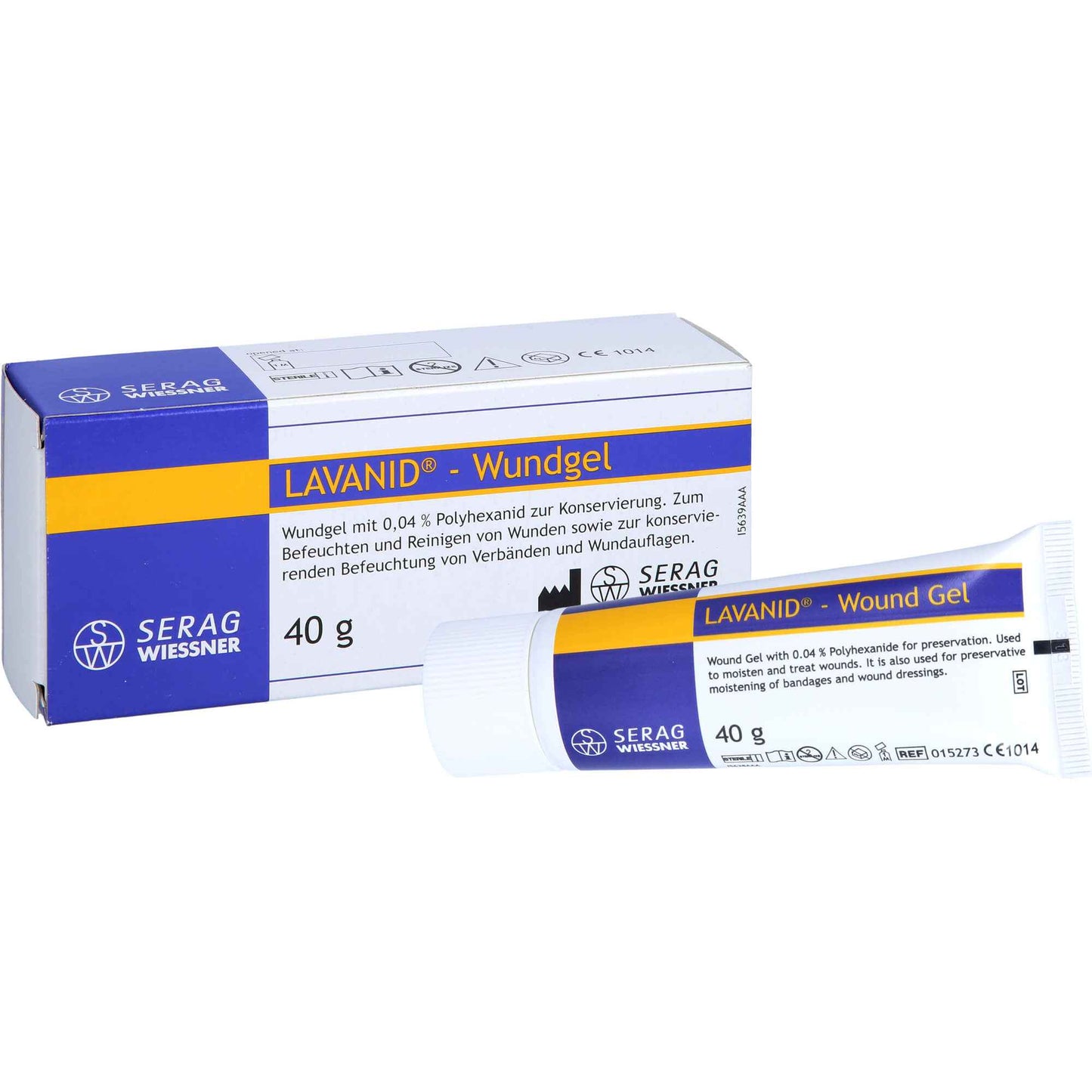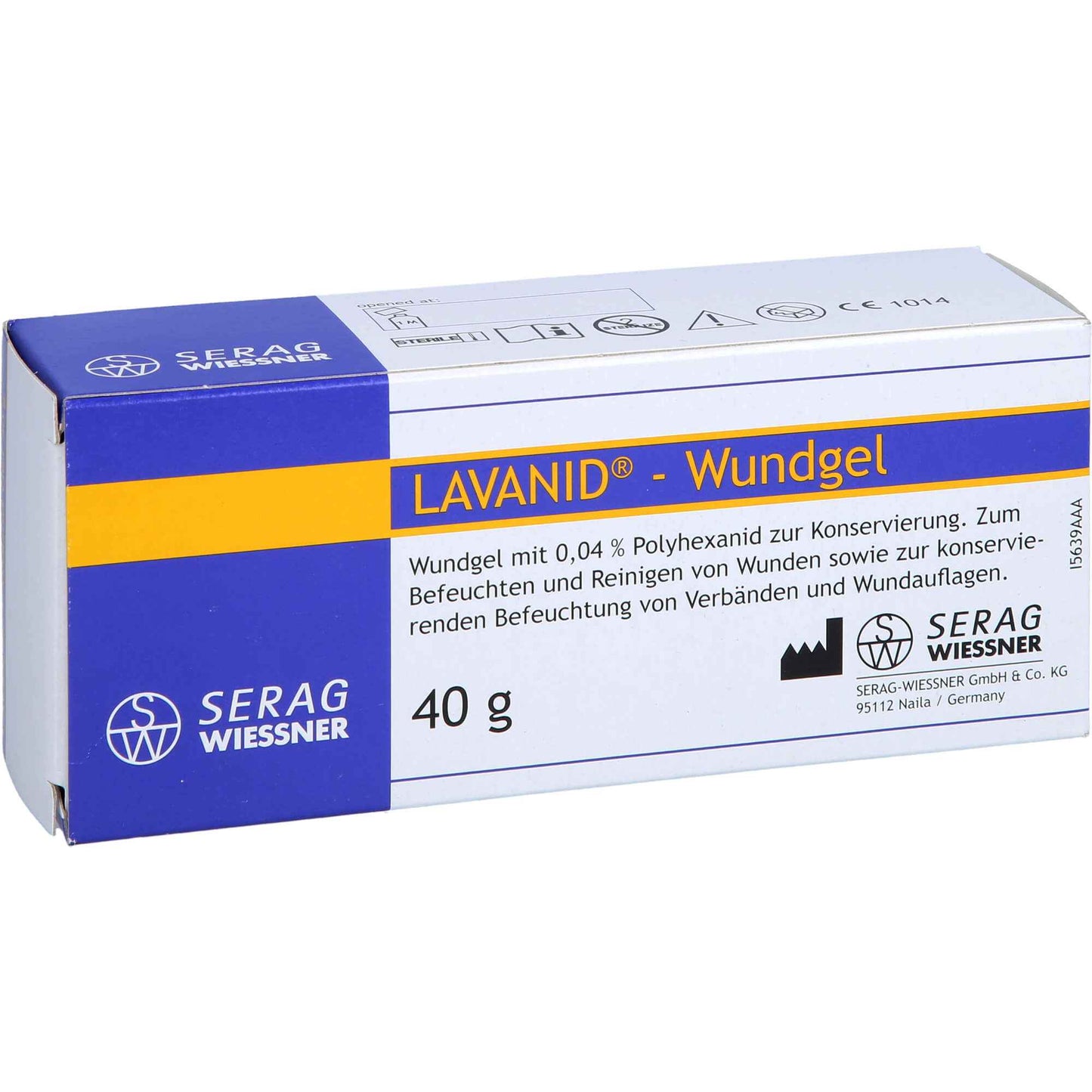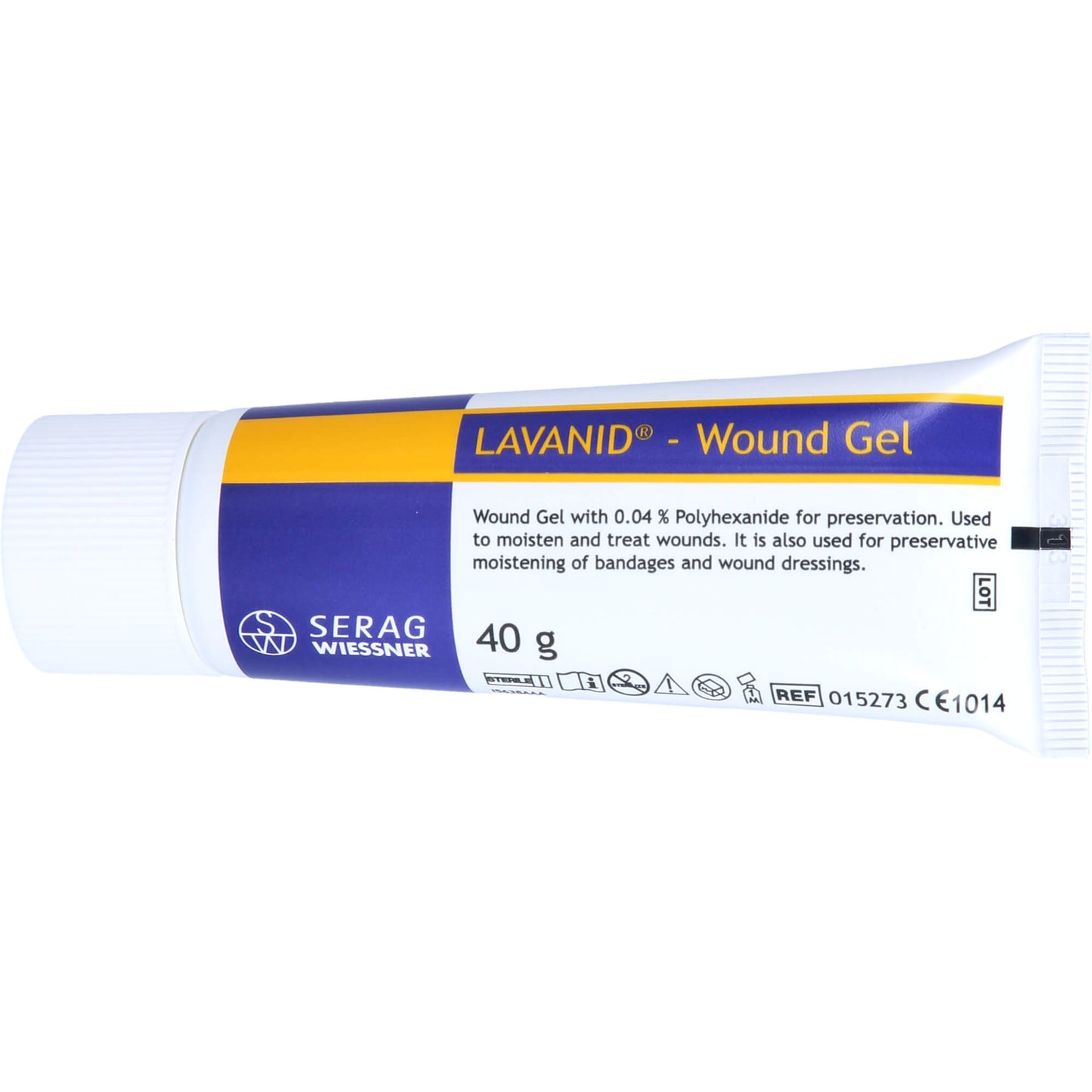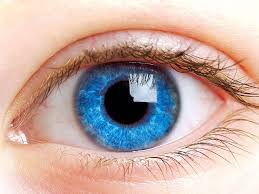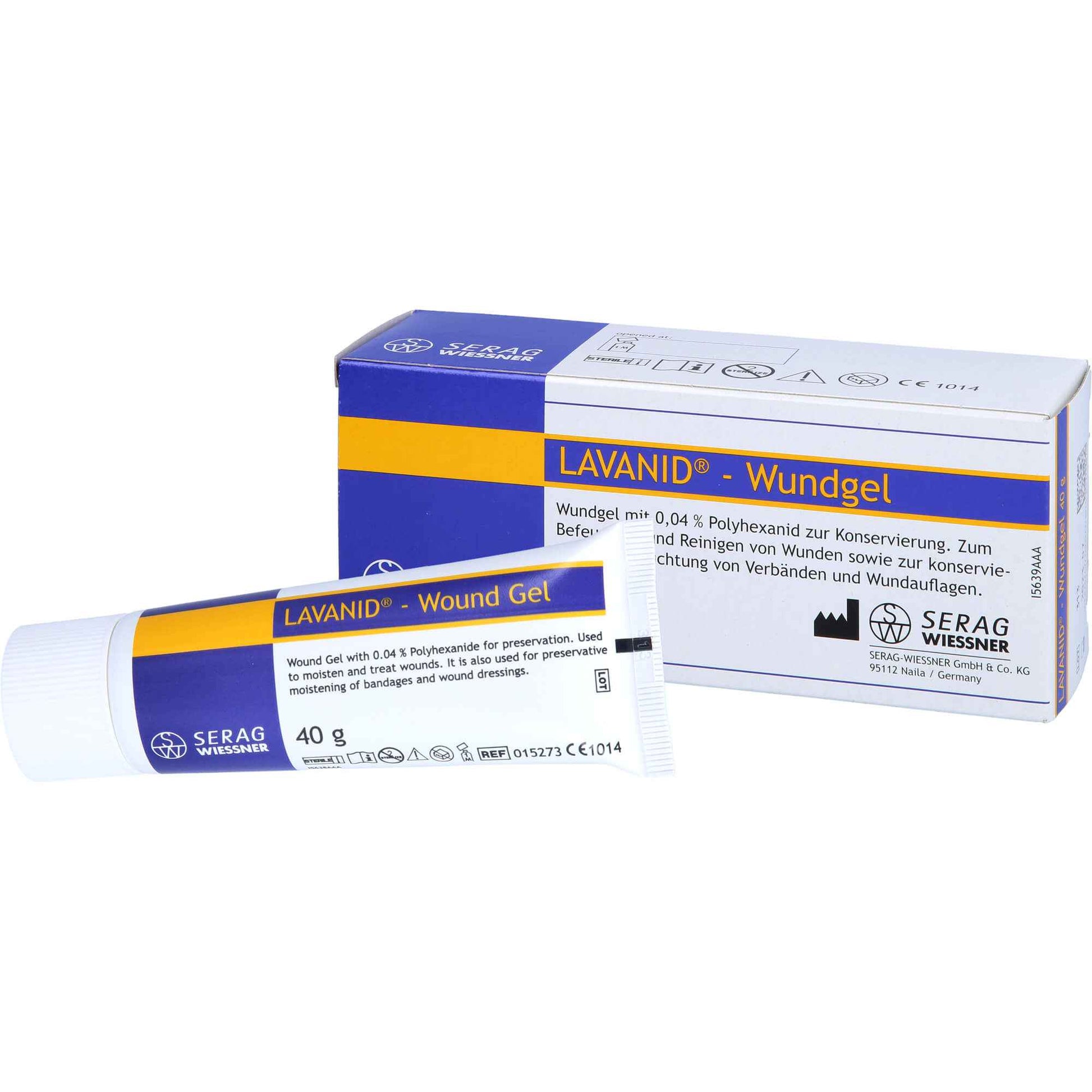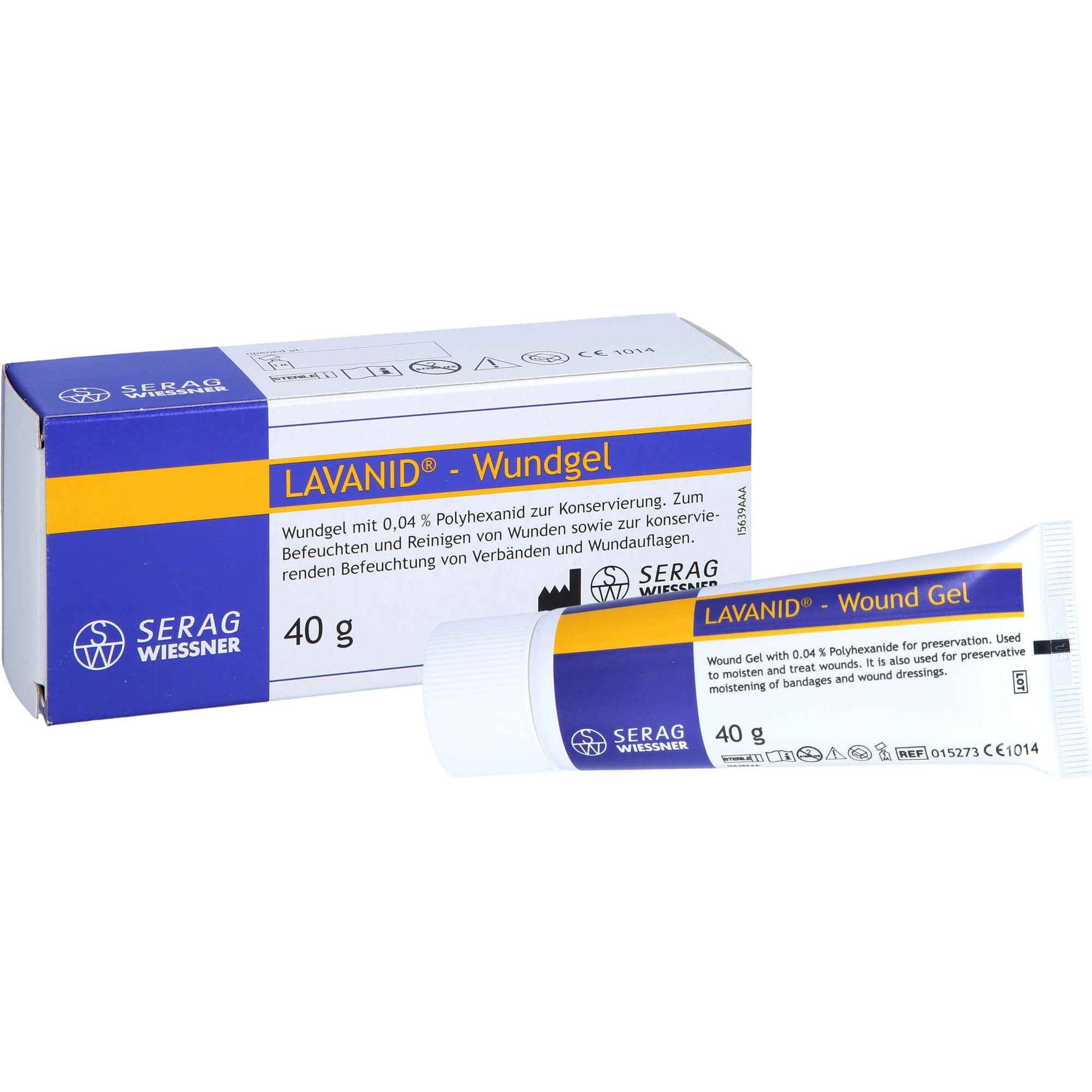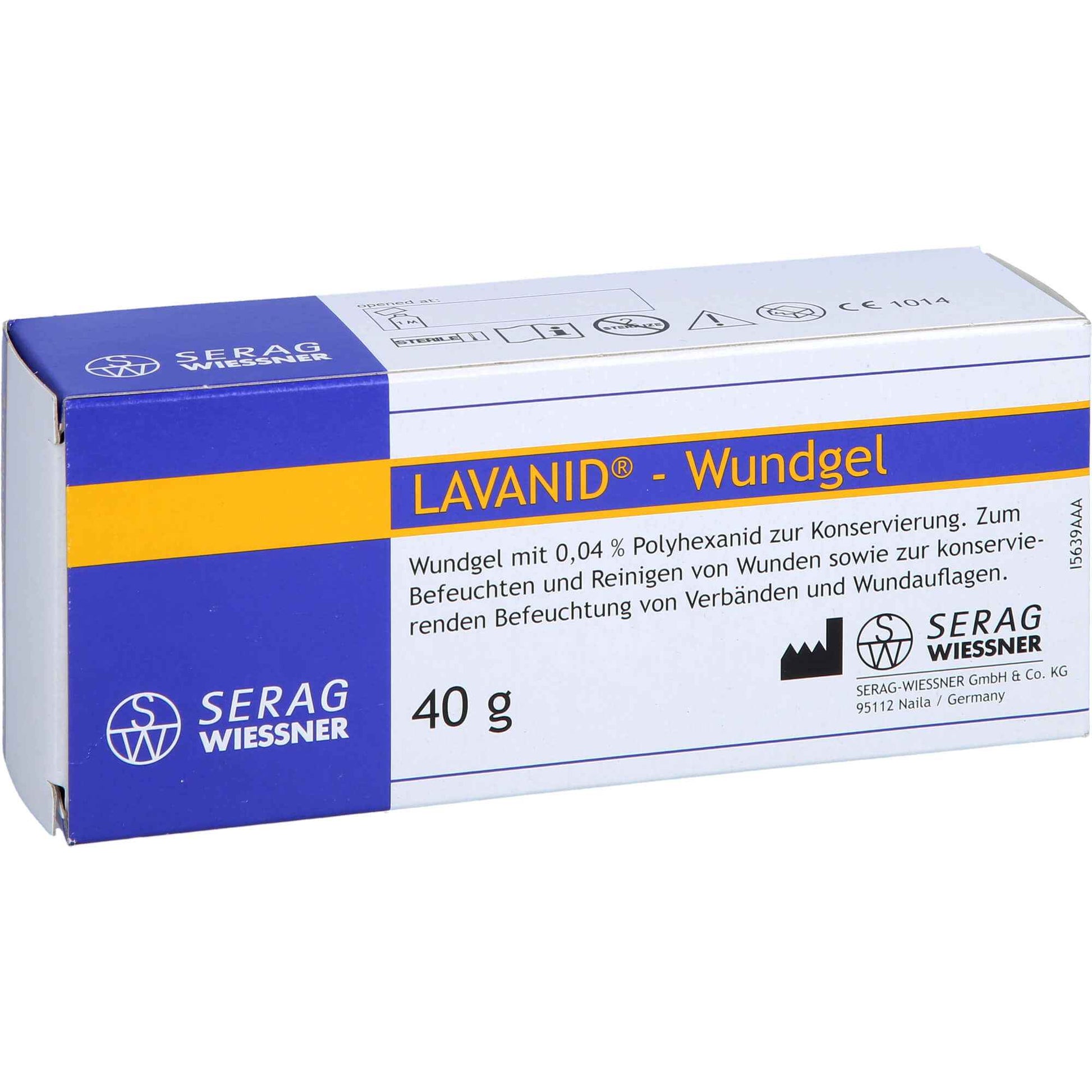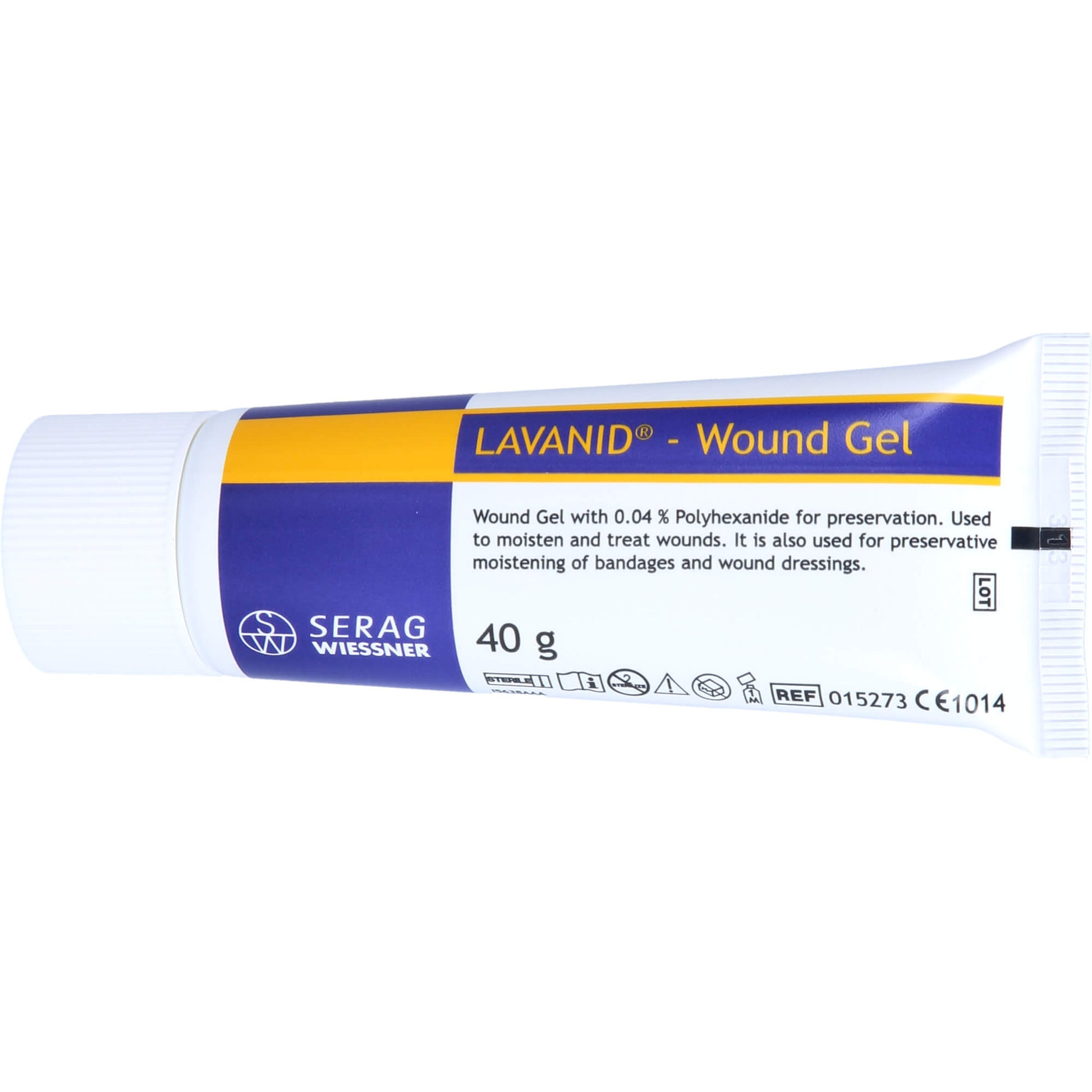SERAG-WIESSNER GmbH & Co.KG
LAVANID wound gel with 0.04% polihexanide
LAVANID wound gel with 0.04% polihexanide
Couldn't load pickup availability
LAVANID wound gel with 0.04% polihexanide
- Pack size:
- 1x40g
- Dosage form:
- gel
Lavanid - Wound Gel/Wound Gel V+
Hydrogels with polyhexanide as a preservative for cleansing and moisturizing chronic and acute wounds
Description and product profile:
Chronic wounds are generally covered with dead and necrotic tissue and colonized with germs. For successful wound treatment, the wound coating must be removed, e.g., through surgical debridement. Gentle wound cleansing and moisturizing are also necessary. Chronic wounds exhibit impaired wound healing. Therefore, treatment with particularly tissue-compatible preparations is indicated. Lavanid - Wound Gel and Lavanid - Wound Gel V+ are sterile, ready-to-use wound gels for cleansing and moisturizing wounds. Lavanid - Wound Gel V+ is more viscous than Lavanid - Wound Gel. Polyhexanide 0.04% is used as a preservative. Polyhexanide is considered the treatment of choice for chronic wounds and burns. In addition to cleaning and moisturizing wounds, the wound gel is also suitable for preservative dressings, e.g., for wounds colonized with multi-resistant problem germs. Preservative dressings reduce the risk of germs being spread from the wound to the patient's environment and protect the wound from external germs entering the wound.
Ingredients:
Ringer's solution (isotonic electrolyte solution consisting of sodium chloride, potassium chloride, calcium chloride 2 H2O, and water for injections), glycerin, macrogol, hydroxyethylcellulose, and 0.04% polyhexanide.
Areas of application:
The wound gel is used to moisten and clean wounds, as well as to preservatively moisten dressings and wound pads.
Tissue compatibility:
The combination of Ringer's solution with 0.04% polyhexanide has proven to be very well tolerated by tissue in experimental and clinical studies. Clinical studies with the wound gel have shown that the regeneration of healthy tissue is not impaired. There are no local irritations. Application is painless for the patient.
Due to its good tissue tolerance, the wound gel is also suitable for repeated and long-term wound treatment.
Instructions for use:
Prepare and clean the wound as usual. Apply the wound gel to the wound or a wound dressing (e.g., compresses or poultices). Dress the wound as usual. The wound gel remains on the wound until the next dressing change. For optimal wound moistening, it is recommended to increase the amount of wound gel with increasing intervals between dressing changes. If adhesion to the wound is observed during a dressing change, moisten it sufficiently with rinsing solution (e.g., Lavanid wound irrigation solution) before removing the dressing. If the wound gel is to be reused, the instructions and shelf life information must be observed.
Contraindications:
The wound gel must not be used:
- if you are hypersensitive to any of the ingredients,
- in the area of cartilage and joints.
There is currently insufficient experience with its use during pregnancy and breastfeeding. Therefore, the wound gel should only be used when absolutely necessary.
Precautions for use and warnings:
- For external use only.
- Do not mix with additives.
- Sterile as long as the package is intact.
- Do not resterilize! Critical changes in usability may occur.
- Do not use after the expiry date.
Interactions with other agents:
When used in combination with other wound treatment products, the instructions for use for these products must be checked for possible interactions with the ingredients of this wound gel. Due to incompatibility problems with the ingredient polyhexanide, the wound gel must not be used in combination with anionic substances (e.g. anionic surfactants or anionic gel formers as well as products containing PVP-iodine). If necessary, these substances must be rinsed generously from the wound after prior wound contact.
Side effects:
The ingredient polyhexanide can cause allergic reactions. In isolated cases, acute reactions of the immune system (anaphylactic reactions) have been reported. Users and/or patients are advised to report all serious incidents that occur in connection with the product to the manufacturer and the responsible authority.
Notes and information on shelf life:
The expiry date is printed on the container. Do not use after the expiry date! The shelf life after opening is 1 month. The wound gel is sterile as long as the packaging is unopened and undamaged. Although sterility is impaired once the container is opened, a shelf life of one month after opening is possible due to the preservation process. This is provided that the contents are protected from contamination. The container must not come into contact with the wound. The opening should be resealed immediately after each use. Any gel residue at the opening should be wiped away with a sterile compress.
Disposal instructions:
Dispose of unused products or waste material in accordance with specific national regulations.
LAVANID wound gel with 0.04% polihexanide
Share
